27 Historical Events that Shaped Modern Plumbing Systems
Imagine what life would be like without a modern plumbing system. How would you cope without running water or flushing toilets? Water is the most essential nutrient for life on earth; it forms the basis of a healthy diet and lifestyle. The world today with its large, high-density population would not sustain life as we know without a modern plumbing system that provides clean drinking water and sewage systems that remove contaminated used water.
The past is replete with historical events that show the successes and failures of plumbing. One of the most recent examples is the New Zealand earthquake in Christchurch in February 2011. Both water and sewage systems were destroyed. The people were told not to drink, shower or use the toilets due to the lack and quality of a water supply. Many had to resort to digging a hole in the backyard to deposit sewage.
Although modern plumbing systems are much more up to date than those in ancient times, the New Zealand earthquake can still serve as a learning experience on how to develop better plumbing systems.
By studying the historical events of plumbing, we are less likely to repeat the errors, unsafe designs or installations that lead to the uncontrollable fires and plagues of the past. Check out our chronological list of the top 27 most influential historical events that shaped today’s plumbing systems! It covers achievements from ancient through modern times. Feel free to add your events to the list. We’d love to read your comments too!
Ancient plumbing systems date back to 4,000 B.C.
1. Archaeologists discovered copper water pipes in the palace ruins of the Indus River Valley in India. (4,000 to 3,000 B.C.)
2. Egyptians developed copper pipes that were used to build elaborate bathrooms inside the pyramids and intricate irrigation and sewages systems. (2500 B.C.)
3. “The Code of Hammurabi,” written by Hammurabi, the 6th king of Old Babylon, was the first known code of ancient Babylon. One of the clauses of the code called for people to be put to death if a house that was not constructed properly fell and killed an owner. (1700 B.C.)
4. Rainwater cisterns were developed on the island of Crete which allowed for storage of rainwater until it was needed for drinking, washing, bathing and cooking uses. (1500 B.C.)
5. Archeologists discovered the remains of an ancient plumbing system (at least 3,000 years old) on the island of Crete at the site of an ancient palace of Knossos. This ancient plumbing system included a bathtub made out of hard pottery that looked similar to the shape of a cast-iron bathtub of late 19th-Century America. There was also evidence of a water closet with a seat and crude flushing device. (1000 B.C.)
6. The Romans were some of the most advanced in ancient plumbing systems. Out of the Roman Empire aqueducts were developed as well as underground sewer systems, public and private baths, lead and bronze water piping systems, and marble fixtures with gold and silver fittings. The Romans utilized lead pipes, which at the time made vast improvements in sanitary conditions. (500 B.C. to A.D. 455)
7. For the first time, iron pipe was installed in Siegerland, Germany. German craftsmen had learned how to build fires hot enough to melt iron and pour it into castings to make hollow pipe. (1455)
8. Sir John Harington, godson to Queen Elizabeth, invented the first flushing water closet. (1596)
9. In Versailles, France, King Louis XIV ordered construction of a cast-iron main plumbing line. This was to carry water about 15 miles from a pumping station to the palace fountains and surrounding area. (1664)
10. The castles of the 17th Century housed privies. Unfortunately, the plumbing systems dumped directly into the surrounding moats. (1600 to 1700)
11. The first underground sewer was installed in 1728. This came about after health officials in New York responded to complaints about the smell of open sewers.
12. The first public water main was installed under New York streets in 1830. Numerous fires had demonstrated the need for an adequate and available supply of water for fire fighting.
13. Drainage piping systems were installed into buildings. These systems helped convey sewage away from the buildings to a suitable disposal terminal. (1845 to 1850)
14. The National Public Health Act was passed in 1848. Most of the world has adopted this model plumbing code.
15. The first water heaters were developed in private homes and small buildings in the 1870s. Circulation pipes were installed between water-heating units and hot water storage tanks so as to make pressurized hot water available in volume.
16. The Venting Theory was proved. By connecting a vent pipe to the drain at the trap outlet, the air pressure was kept the same. This method prevented objectionable odors and sewer gases from escaping at fixture waste outlets. (1874)
17. In 1890 Robert Manning invented the “Manning Formula,” which allows engineers to calculate flow in sloping drains.
18. Laws were passed in many areas of the country requiring plumbing systems be installed with minimum number of fixtures. (1900s)
Modern plumbing systems feature invention of water closet
19. The water closet was invented from 1900 to 1932. The U.S. Patent Office received applications for 350 new water closet designs, including the designs of Charles Neff and Robert Frame. These men were the first to produce a siphoning water closet that would become standard in the United States.
20 The Building Officials and Code Administrators (BOCA) organization was formed in 1915. This was the first attempt to coordinate building codes on a national level.
21. President Warren Harding appointed Herbert Hoover, a prominent engineer, as Secretary of Commerce in 1921. Hoover started the Materials and Structures division of the National Bureau of Standards (now known as The National Institute of Standards and Technology or NIST).
22. Dr. Roy B. Hunter, who was appointed to head the plumbing division of the National Bureau of Standards, dedicated his talents to the research of plumbing systems in an effort to standardize regulations in the United States. Current plumbing codes are based on his research. (1930s to 1940s)
23. The first plumbing code was published (1928) and nicknamed the “Hoover Code,” after Herbert Hoover’s efforts to instigate the code.
24. Due to a shortage of copper, non-metallic, plastic piping was introduced into use for modern plumbing systems in 1966.
Public restrooms required to be accessible to physically handicapped
25. In 1961 all buildings and facilities, including plumbing, were required to be accessible to, and functional, for the physically handicapped. In 1990 President George H. W. Bush signed the Americans with Disabilities Act (ADA).
26. Legislation was adopted as part of the Energy Efficiency Act in the 1980s and later amended with the Energy Policy Act of 1992 to restrict water flow rates in plumbing fixtures.
27. In 2003, the three model building code agencies, the Building Officials and Code Administrators International (BOCA), the Southern Building Code Congress International (SBCCI) and the International Conference of Building Officials (ICBO), formed one single organization, the International Code Council (ICC).
There’s definitely more influential and historical events that helped shaped modern plumbing systems. Feel free to add your two cents!

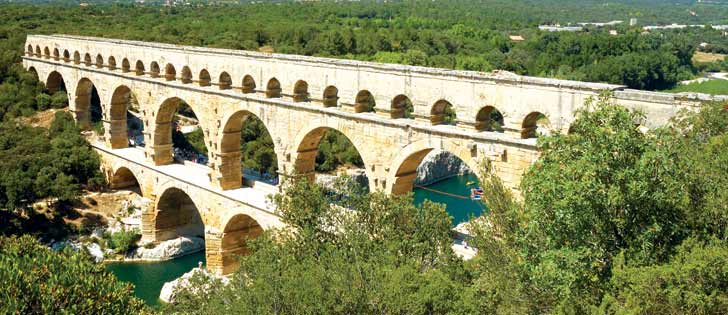
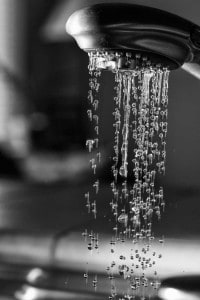

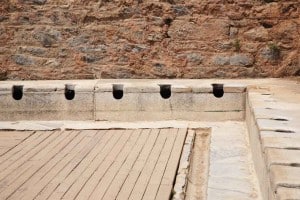
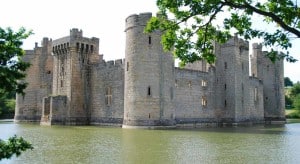

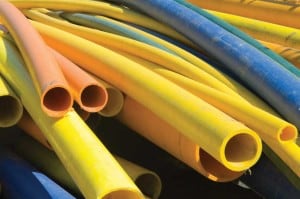
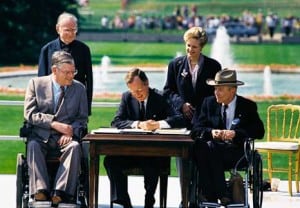



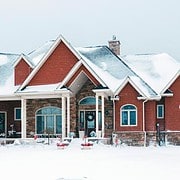
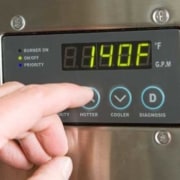






Number 3 has nothing to do with plumbing.
It is making reference to the first set of standards put into place to ensure the health and safety of people is not compromised. Plumbers use codes in every aspect of their work.
Thanks for explaining that.